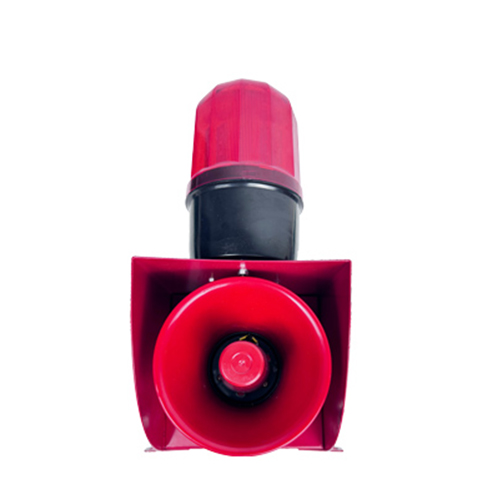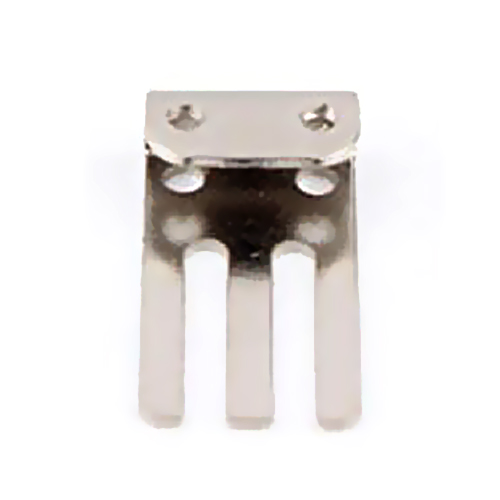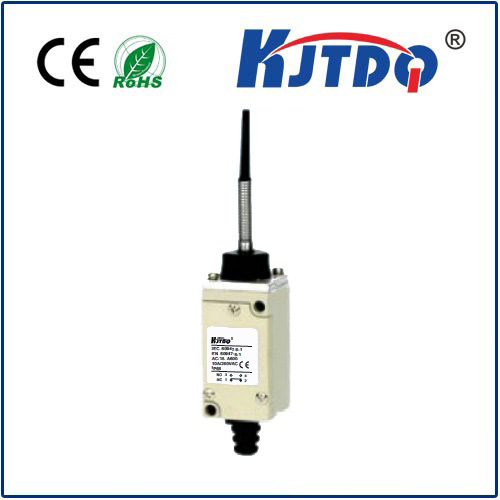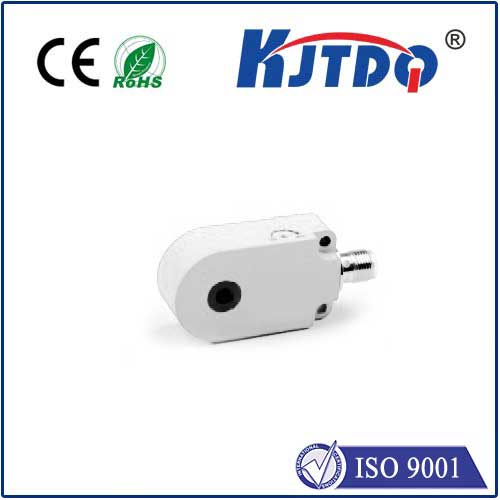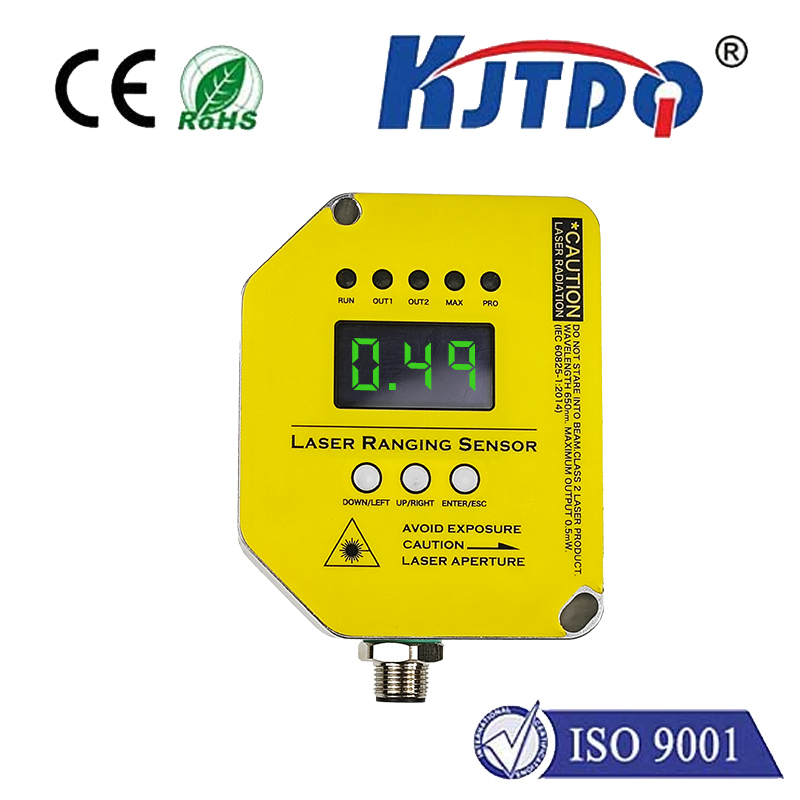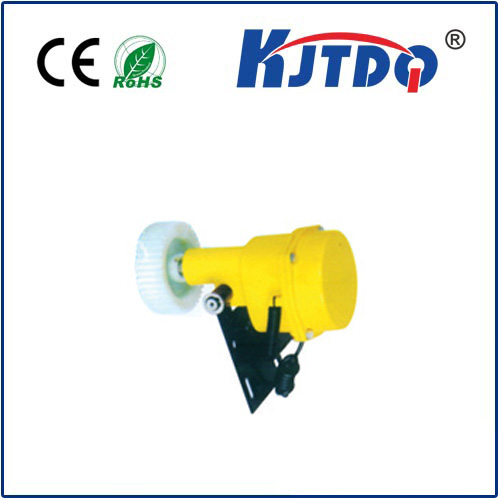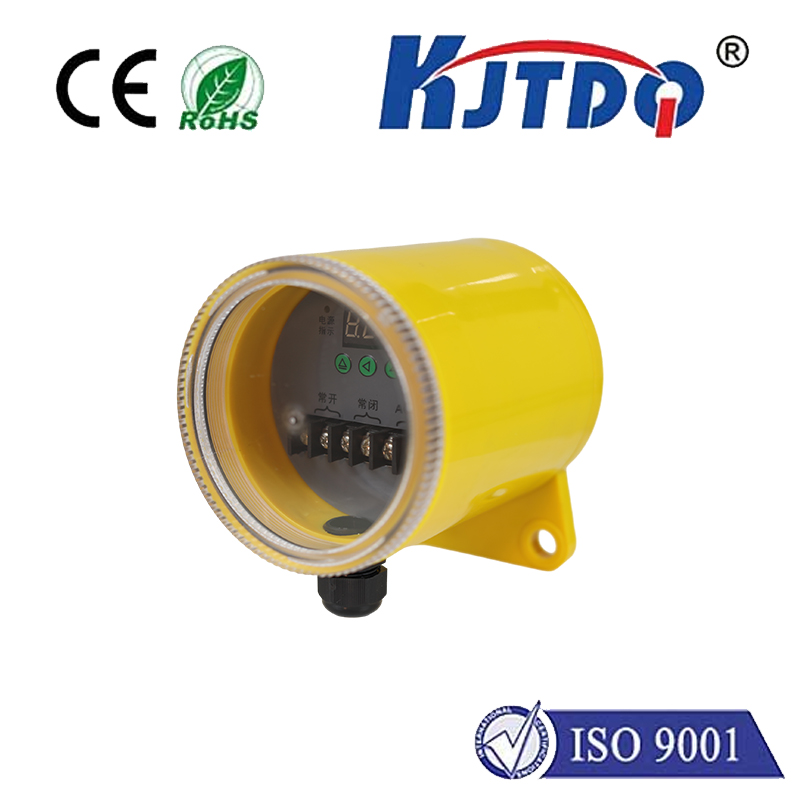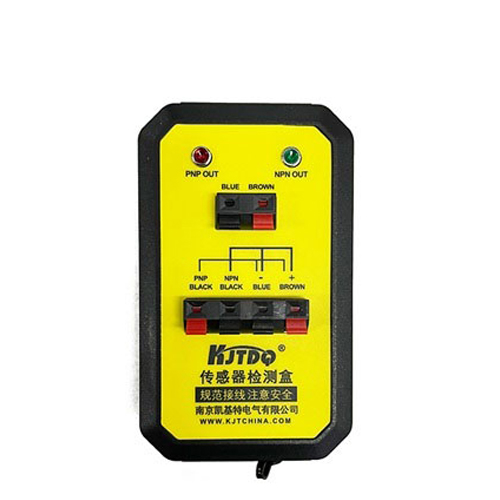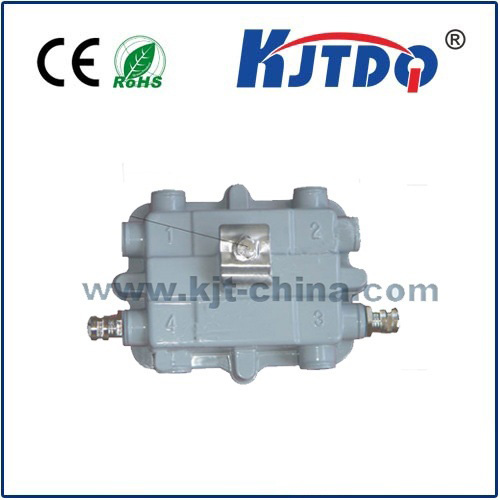

check

check

check

check
Your phone knows when you lift it to your ear. Your faucet turns on with a wave of your hand. Your robot vacuum gracefully avoids crashing into furniture. Behind these seemingly magical interactions often lies a small, unassuming hero: the infrared proximity sensor. This technology leverages the invisible spectrum of light to detect the presence, absence, or distance of nearby objects without physical contact, silently shaping our interactions with everyday technology and industrial systems.
Decoding the Invisible: How IR Proximity Sensors Work
At its core, an infrared proximity sensor operates by emitting a beam of infrared light – electromagnetic radiation just beyond the visible red light our eyes can perceive. This light travels outward from the sensor. When this beam encounters an object within its detection range, a portion of the IR radiation is reflected back towards the sensor.
A crucial component within the sensor, the photodetector (often a photodiode or phototransistor), is specifically tuned to be sensitive to infrared wavelengths. It waits, ready to capture any reflected light. The sensor’s internal circuitry then analyzes this reflected signal:
This fundamental principle makes infrared proximity sensors incredibly versatile. They provide non-contact detection, avoiding wear and tear associated with mechanical switches. They function effectively in various lighting conditions (including darkness), as they rely on their own emitted light source. They are generally compact, energy-efficient, and relatively low-cost.
Beyond Presence: Diverse Applications Leveraging Proximity
The applications for infrared proximity sensors are vast and continuously expanding:
Consumer Electronics Ubiquity:
Smartphones/Tablets: The classic example. Detects when the phone is held to your ear during a call, turning off the screen to prevent accidental touches and saving battery (screen dimming/off). Also used in some gesture controls and auto-brightness adjustments.
Touchless Faucets & Soap Dispensers: Wave activation relies on IR proximity sensing for hygiene and convenience.
Hand Dryers: Automatically activates when hands are placed underneath.
Robotic Vacuums: Critical for object avoidance and cliff detection to prevent falls down stairs.
Industrial Automation & Control:
Object Counting & Detection: On assembly lines to count products passing a point or verify presence/absence on a conveyor belt (part presence verification).
Machine Safety: Creating non-contact safety zones around hazardous machinery (safety interlocks).
Position Sensing: Detecting the end position of moving parts.
Level Sensing: Detecting material levels in bins or containers in non-hygroscopic substances.
Automotive Innovations:
Occupancy Detection: Used in passenger airbag systems to determine if a seat is occupied and by whom (adult vs. child).
Gesture Controls: Some vehicles use IR proximity sensors within the cabin for touchless control of infotainment systems.
Anti-Pinch Systems: In power windows or sunroofs to detect obstructions and reverse direction.
Beyond the Obvious:
Security Systems: Part of motion detectors, beam-break sensors, and even in some automatic door systems.
Interactive Displays/Kiosks: Detecting user approach to wake up or activate interactive content.
Robotics & Drones: Essential for navigation, obstacle avoidance, and safe interaction.
Choosing the Right Sensor: Key Considerations
Not all proximity infrared sensors are created equal. Selecting the right one involves understanding several factors:
Overcoming Challenges & The Path Forward
While highly effective, infrared proximity sensing has limitations to manage:
Continuous innovation is addressing these challenges and expanding capabilities. Multi-sensor fusion, combining IR proximity data with ultrasonic, capacitive, or camera-based sensing, provides more robust and context-aware perception. Advancements in ToF technology are delivering higher accuracy, longer ranges, and smaller form factors at lower power consumption. Integration into Internet of Things (IoT) devices for smart homes and buildings is a significant growth area.
The Silent Enabler
Infrared proximity sensors are a fundamental sensing technology woven into the fabric of modern life. They work tirelessly and invisibly, transforming gestures into actions, preventing collisions, enhancing safety, and enabling automation. From the smartphone in your pocket to the complex robotic systems in factories, these proximity detection powerhouses deliver reliable, non-contact sensing solutions. As technology evolves, their role in creating more intuitive, responsive, and intelligent interactions between humans, machines, and our environment is only set to grow, proving that the unseen light truly shapes our tangible world.
